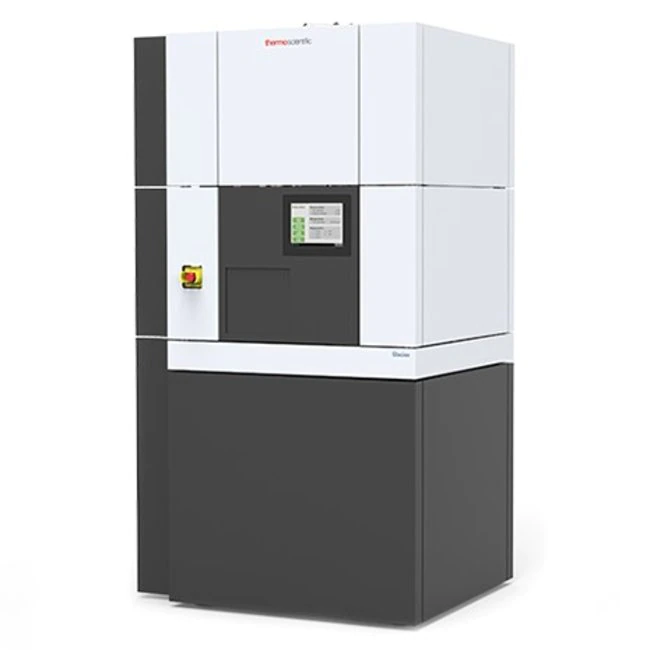New Guideline:
As we move toward implementing a dynamic queue, we will shift from screening grids per application to a quality control (QC) model for grids submitted for scheduled Krios sessions. The purpose of QC is to maximize Krios collection time by assessing grid quality before the session and finalizing data collection details in a pre-session meeting. This approach aims to streamline Krios collections and communication.
Typical QC session:
The QC workflow begins with generating an atlas of the grid. Then, five exposures are taken from each of ten randomly selected squares, though this process may be adjusted as needed. This sampling should provide enough coverage for users to identify preferred collection areas using the atlas.
Alternative Workflow for Pre-Screened Grids:
This exception is for users who are able to screen their own grids to the same detail to our internal QC workflow. Review the following criteria to know if this applies to you.
- You must screen your own grids thoroughly, generating a full atlas and 3-5 square images with representative high-magnification images of each square.
- You must upload this screening data in the drop off as your “QC slides” ahead of your Pre-Krios QC Meeting.
- You may drop off one or two final grids for your session the week before your scheduled Krios time.
The Pre-Krios QC Meeting is still mandatory to finalize the data collection plan with our staff. Lastly, if the screening data is not representative of the grid quality, or if the wrong grids are delivered, your session will be forfeited. The remaining time will be considered as used.
Post QC meeting:
Following QC, we will offer a post-QC meeting to review the QC results, discuss data collection strategies, and clarify how users should communicate their areas of interest to the staff. To allow sufficient time for QC and the post-QC meeting, grids should be dropped off 3 weeks before the scheduled Krios session. QC will take place two weeks before the Kris session, with the post-QC meeting occurring the following week with a staff member. To book a post-QC meeting please click here.


